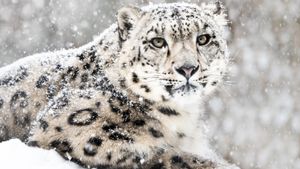Each year, the 4th of October is quite an important day for animal lovers across the world. Observed as the World Animal Day, the 4th of October is dedicated to raising awareness about our co-habitants on this planet. It helps educate people about animal rights, welfare, and conservation efforts being taken up all over the world to ensure that the ecological balance of the earth is maintained. And not just being important ecologically, if you’ve been around animals, you’d very well know about what a joy they are. Steeped in wildlife conservation and animal welfare, this day not only reminds us of our responsibility towards them but also prompts action from stakeholders.
History of World Animal Day
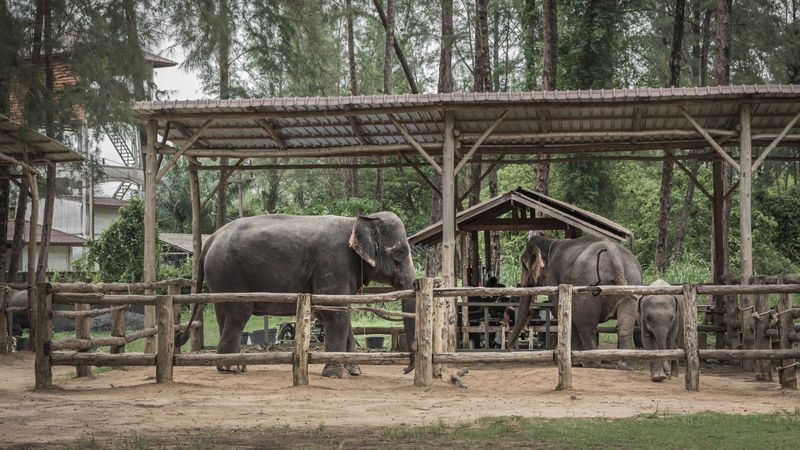
The history of World Animal Day is quite fascinating, and in case you didn’t know, 4th October is also the Patronal Feast of St Francis who was the patron saint of animals in Christianity. Not a coincidence but by design, the 4th of October was chosen by German cynologist Heinrich Zimmermann but due to the venue of choice not being available that day, the first-ever World Animal Day that was observed was on March 24th, in 1925 instead.
Quite devoted to the job at hand, Zimmermann worked tirelessly to promote World Animal Day. In May 1931, at a congress of the International Animal Protection Congress that was held in Florence, Italy, after much effort, his proposal to make October 4 the World Animal Day was unanimously accepted and adopted as a resolution.
Since then, World Animal Day has been observed each year in countries across the world. In 2003, UK-based animal welfare charity, Naturewatch Foundation took over the coordination and organisation of World Animal Day. This also includes the World Animal Day grant that is awarded to an organisation devoted to animal welfare each year.

Last year, in 2023, the World Animal Day grant was awarded to Jakarta Animal Aid Network, in Indonesia. While the said organisation works with the local government to rescue, rehabilitate and provide veterinary care to stray and wild animals across the country, they sadly do not get paid for it. With the grant that was received on World Animal Day, JAAN purchased a mobile veterinary clinic that has helped them with their vital work around regions of Bali, Java and Sumatra. The mobile clinic contains veterinary equipment, that has better helped them neuter stray animals in residential areas, quickly move animals who have been victims of cruelty by humans, and release rehabilitated animals.
In India, two organisations have been awarded the World Animal Day grants. In 2018, the grant went to ‘People for Animals Siliguri’, India, for a mobile veterinary vehicle, and in 2014, ‘People for Animals Ghaziabad’, India, for their work administering veterinary care to, and education on, working animals.
Animal welfare at home
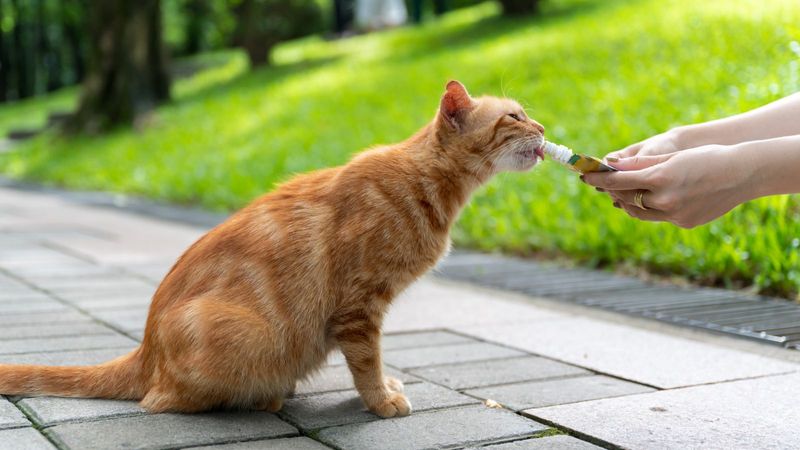
They say charity begins at home, and we couldn’t agree more! While organisations like WWF and IUCN work on taking care of endangered species and wildlife conservation, there is a lot that needs to be done when it comes to the animal rights of strays around us. Not just being fed once in a blue moon, there’s a lot more that our stray animals need. Stray animals in our cities need better care, shelters, regular checkups, population checks, and of course, regular, nutritional food. It is also important to understand that feeding strays doesn’t mean glucose biscuits like many people resort to. These food items do more harm than good, and in some cases, the animals can also die. If you’re planning to feed strays, here’s how to go about it in a healthy manner.
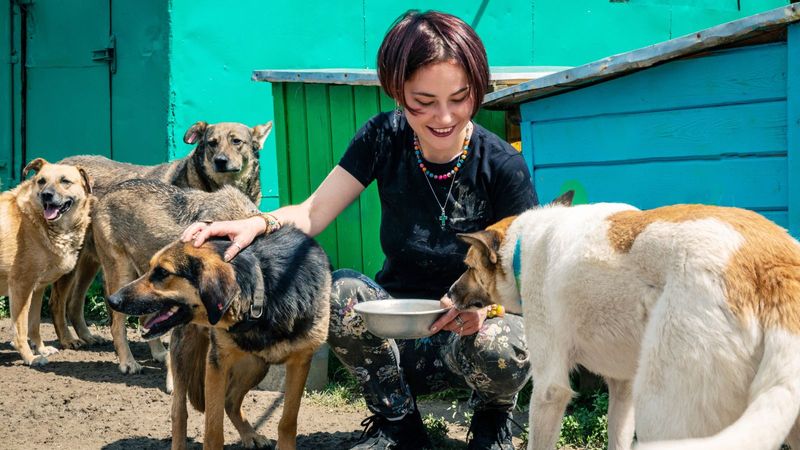
Apart from these, if you can, consider donating to organisations that run animal shelters. They need every bit that they can get. You can also volunteer with them. This doesn’t have to be limited to physically helping around. These organisations also need legal help, and often even help with their communication and public engagements. If you can’t physically or monetarily help them out, this can be a great way.
Endangered species in India

IUCN classifies close to 4000 species as endangered, and out of these, around 950 happen to be in India. The endangered species in India include the very elusive Snow Leopard found in the upper Himalayas and rarely talked about Gangetic Dolphins. Many of these species have recovered a bit after the wildlife conservation efforts but still remain endangered.
India also hosts 4 biodiversity hotspots out of a total of 35 worldwide. This includes the Western Ghats which are probably the richest of them all, the Himalayas, the Indo-Burma region, and Sundaland which also includes the Nicobar Island.
Wildlife conservation in India
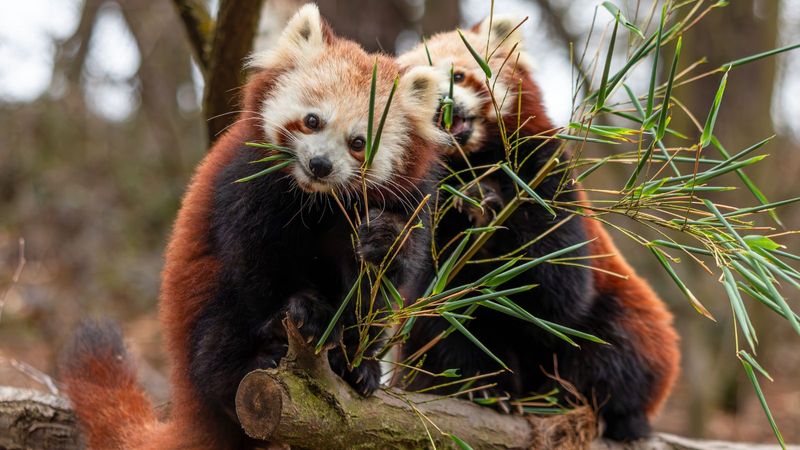
With 106 National Parks and 573 wildlife sanctuaries, India has been at the forefront of wildlife conservation and has made considerable progress in the last few decades too. While there are many famous national parks like Jim Corbett which draw a lot of tourists, there are many lesser-known wildlife conservation centres like Gorumara National Park in West Bengal too. We’ve become more aware of our actions and the role wildlife conservation plays in maintaining ecological systems, but sadly, the information and understanding is still quite limited. Many Indian environmental organisations are constantly working to change that, and making sure that the coming generations have something to look forward to.


_1728066332992_thumb_1200.jpeg?w=3840&q=75)

